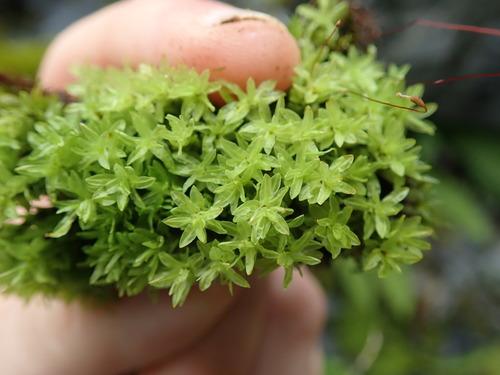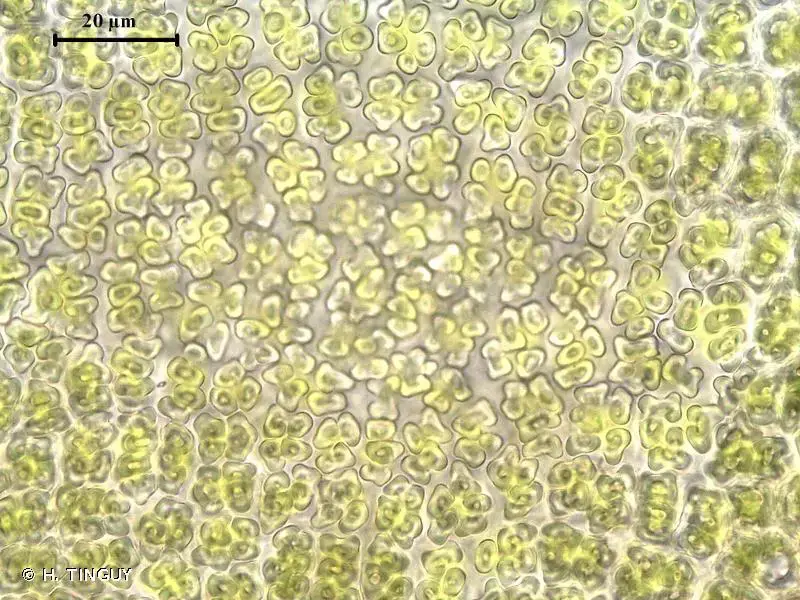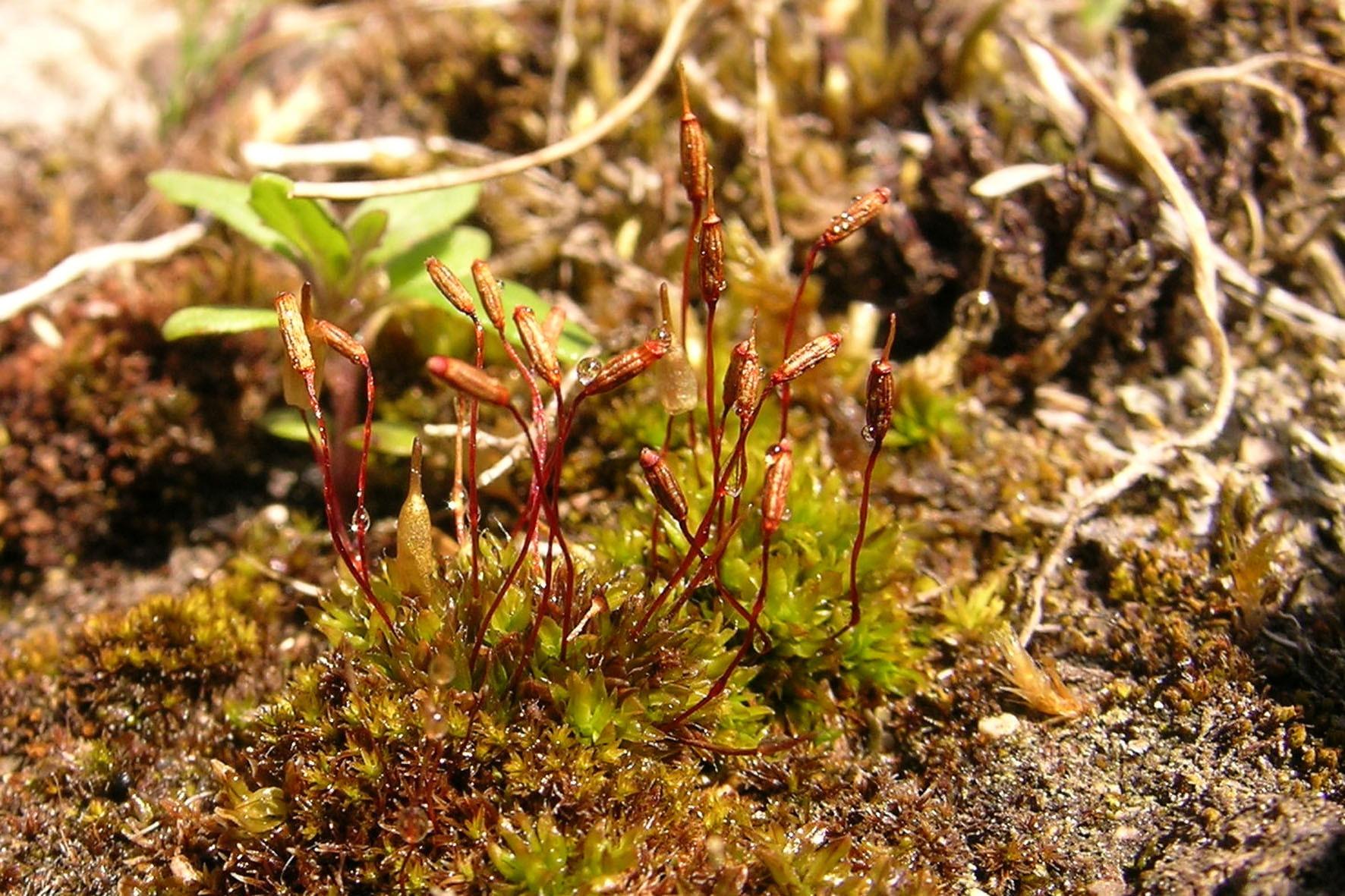
medium.jpeg from: https://www.inaturalist.org/taxa/162301-Encalypta-alpina
Introduction
In the vast and captivating world of

211670.jpg from: https://inpn.mnhn.fr/espece/cd_nom/4844
bryophytes, one particular moss species stands out for its resilience and adaptability – the Encalypta alpina Sm., commonly known as the alpine extinguisher moss. This remarkable member of the Encalyptaceae family has captured the hearts of moss enthusiasts worldwide with its unique characteristics and ability to thrive in some of the harshest environments on Earth.
Background

yellowawncandlesnuffermossencalyptarhaptocarpa.jpg from: https://www.earth.com/plant-encyclopedia/Bryophytes/Encalyptaceae/encalypta-rhaptocarpa/en/
Before delving into the intricacies of this extraordinary moss, let’s set the stage with a brief background on bryophytes. These non-vascular plants, which include mosses, liverworts, and hornworts, are often overlooked but play a crucial role in various ecosystems. They are among the oldest land plants, dating back over 400 million years, and have evolved remarkable strategies for survival and reproduction.
Main Content
Morphology and Identification
The Encalypta alpina Sm. is a small, acrocarpous moss that forms dense, cushion-like tufts or mats. Its leaves are narrow, lance-shaped, and often curved or twisted when dry, giving the plant a distinctive appearance. One of its most striking features is the calyptra, a protective cap that covers the developing sporophyte (spore-bearing structure). In the case of Encalypta, this calyptra is large, cylindrical, and often persists even after the sporophyte has matured, earning it the nickname “extinguisher moss.”
Global Distribution and Habitat
This hardy moss species is widely distributed across the Northern Hemisphere, thriving in alpine and arctic regions, as well as high-elevation mountainous areas. It can be found growing on rocks, soil, and even in crevices and rock fissures, where it takes advantage of the limited moisture and nutrient sources available. Encalypta alpina Sm. is particularly well-adapted to survive in these harsh environments, withstanding extreme temperatures, desiccation, and intense UV radiation.
Ecological Roles and Adaptations
Despite its diminutive size, Encalypta alpina Sm. plays a vital role in the ecosystems it inhabits. As a pioneer species, it helps stabilize and enrich soils, creating favorable conditions for other plants to establish themselves. Additionally, it serves as a microhabitat for various invertebrates and provides nesting material for some bird species.
One of the key adaptations that allow this moss to thrive in extreme conditions is its ability to undergo desiccation tolerance. When faced with drought, Encalypta alpina Sm. can essentially shut down its metabolic processes and enter a state of dormancy, only to revive and resume growth once moisture becomes available again. This remarkable ability is facilitated by the production of specialized proteins and sugars that protect the plant’s cells from damage during desiccation.
Case Studies/Examples
The resilience of Encalypta alpina Sm. has been demonstrated in various studies and observations. For instance, researchers have documented its presence on the barren slopes of Mount Everest, where it endures extreme cold, high UV radiation, and low atmospheric pressure. Similarly, this moss has been found thriving in the harsh environments of the Antarctic Peninsula, further showcasing its remarkable adaptability.
Technical Table
| Characteristic | Description |
|---|---|
| Family | Encalyptaceae |
| Genus | Encalypta |
| Species | alpina Sm. |
| Common Name | Alpine extinguisher moss |
| Growth Form | Acrocarpous, cushion-like tufts or mats |
| Leaf Shape | Narrow, lance-shaped, often curved or twisted when dry |
| Calyptra | Large, cylindrical, persistent |
| Distribution | Northern Hemisphere, alpine and arctic regions, high-elevation mountains |
| Habitat | Rocks, soil, crevices, rock fissures |
| Adaptations | Desiccation tolerance, production of protective proteins and sugars |
Conclusion
The Encalypta alpina Sm., or alpine extinguisher moss, is a true marvel of nature, showcasing the incredible resilience and adaptability of bryophytes. Its ability to thrive in some of the harshest environments on Earth is a testament to the remarkable evolutionary strategies employed by these ancient plants. As we continue to explore and appreciate the diversity of the natural world, this unassuming moss serves as a reminder of the wonders that can be found in even the most extreme corners of our planet. Perhaps the next time you encounter a seemingly barren rock face or a desolate alpine landscape, you’ll pause to appreciate the tenacious Encalypta alpina Sm., quietly persevering and playing its vital role in the intricate web of life.